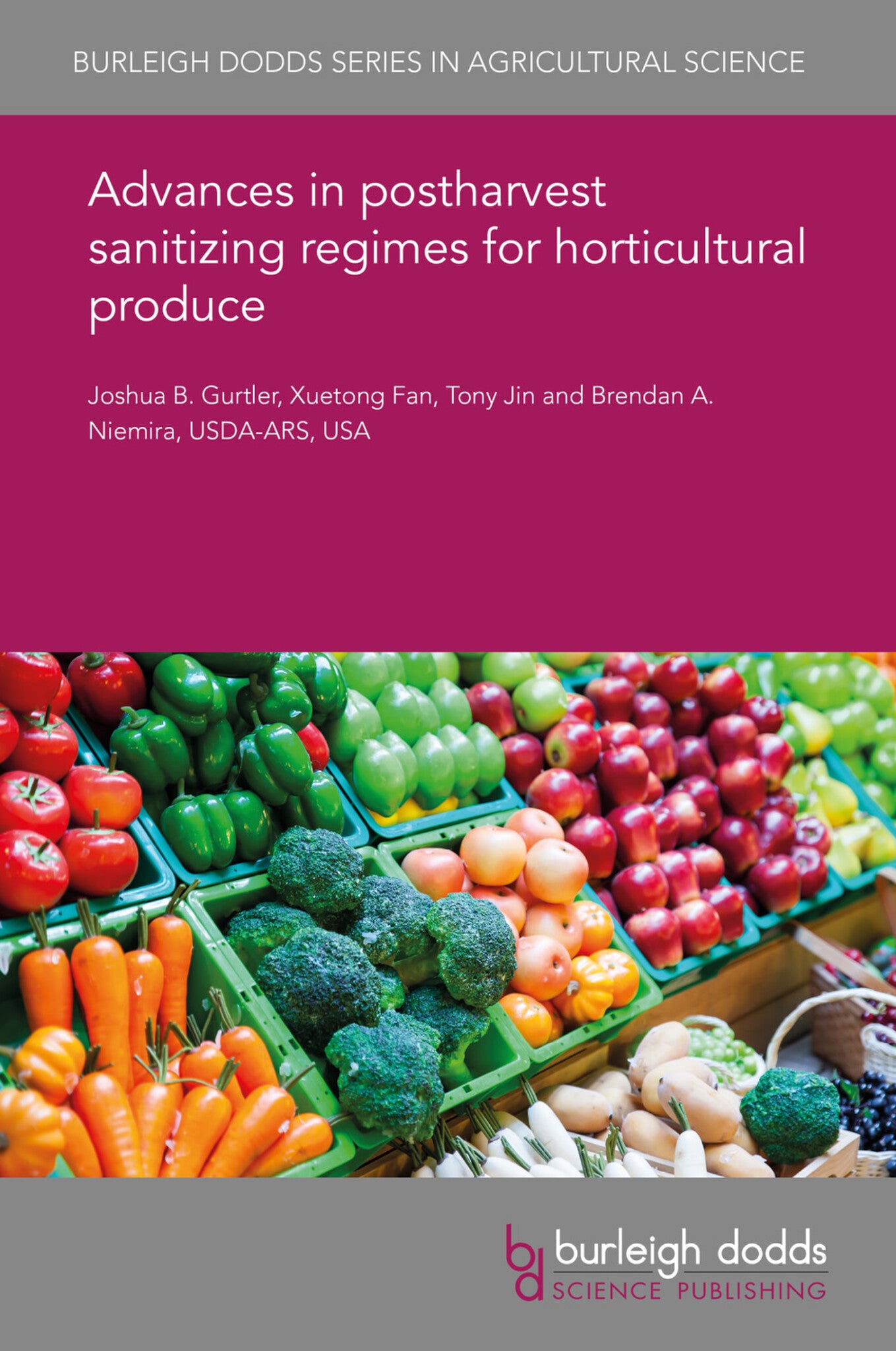We're sorry. An error has occurred
Please cancel or retry.
Advances in postharvest sanitizing regimes for horticultural produce

Some error occured while loading the Quick View. Please close the Quick View and try reloading the page.
Couldn't load pickup availability
- Format:
-
20 January 2020


SCIENCE / Life Sciences / Horticulture, Commercial horticulture, TECHNOLOGY & ENGINEERING / Agriculture / Agronomy / Crop Science, TECHNOLOGY & ENGINEERING / Agriculture / Sustainable Agriculture, Sustainable agriculture, Agronomy and crop production

1 Introduction 2 Chlorine in the form of sodium hypochlorite (NaOCl) yielding hypochlorous acid (HOCl) 3 Chlorine dioxide 4 Acidified sodium chlorite 5 Peroxyacetic acid (peracetic acid) 6 Electrolyzed oxidizing water 7 Ozone (O3) 8 Conclusion 9 Acknowledgements 10 Where to look for further information 11 References



